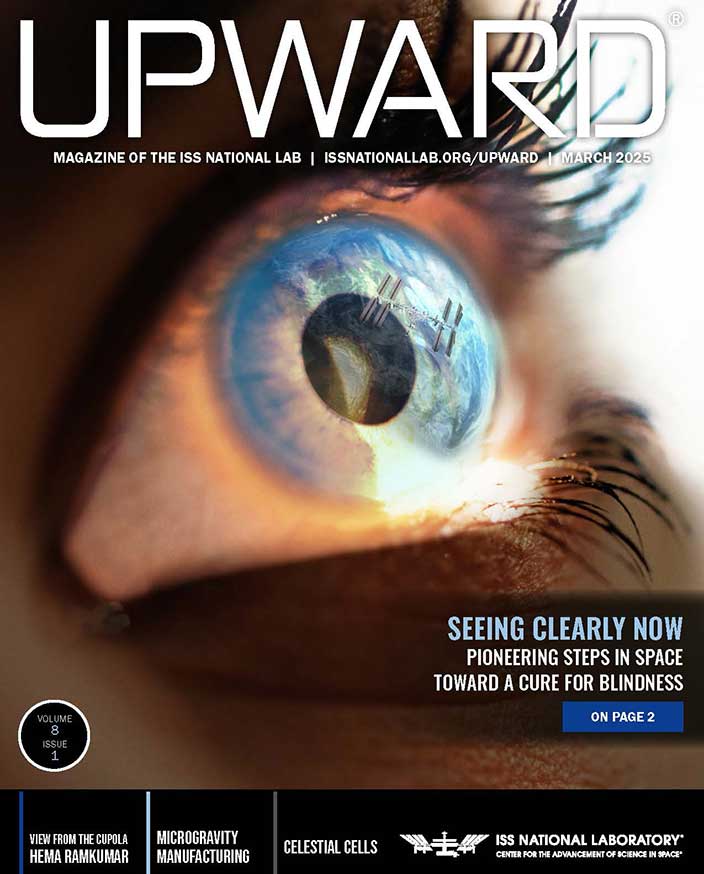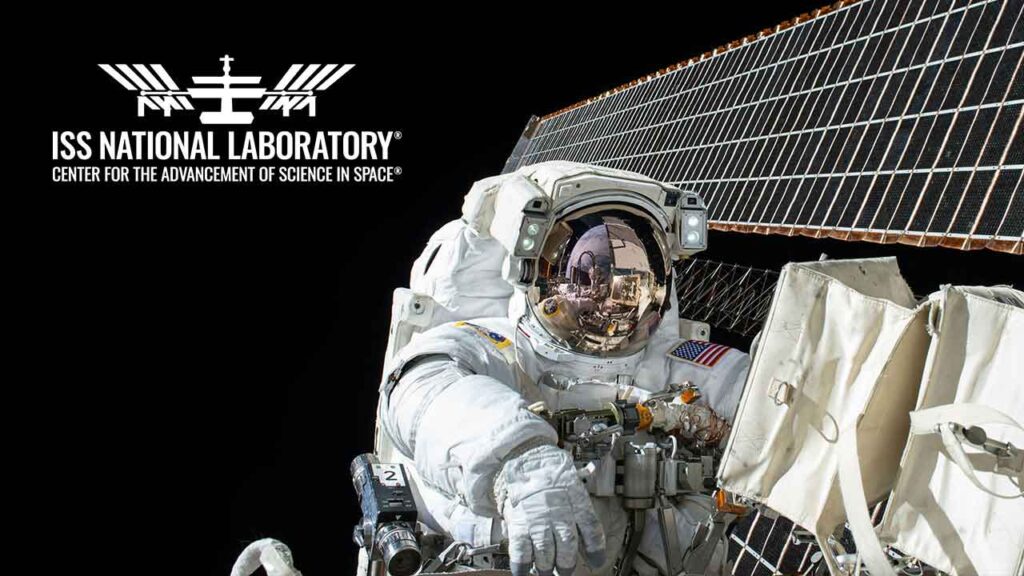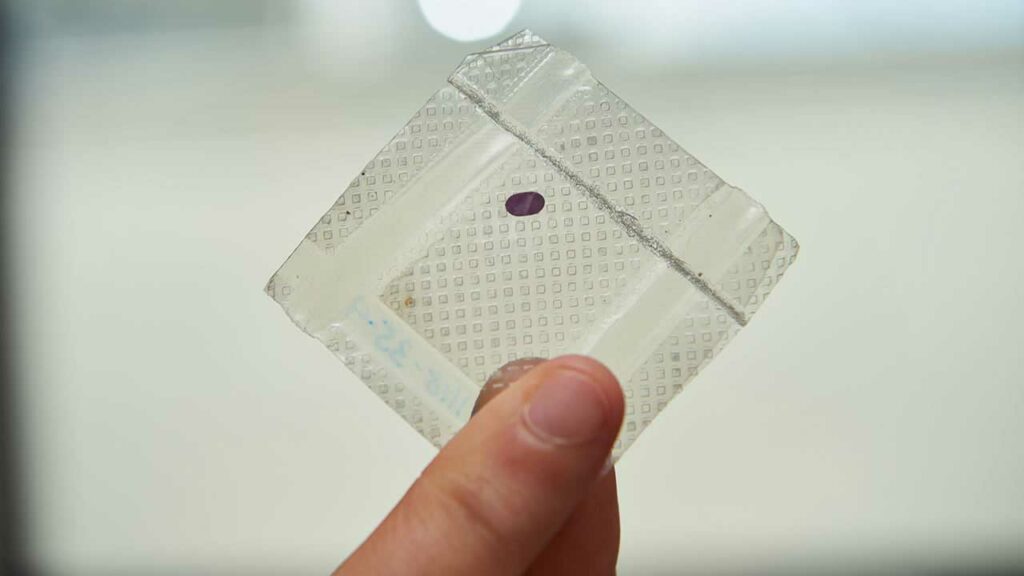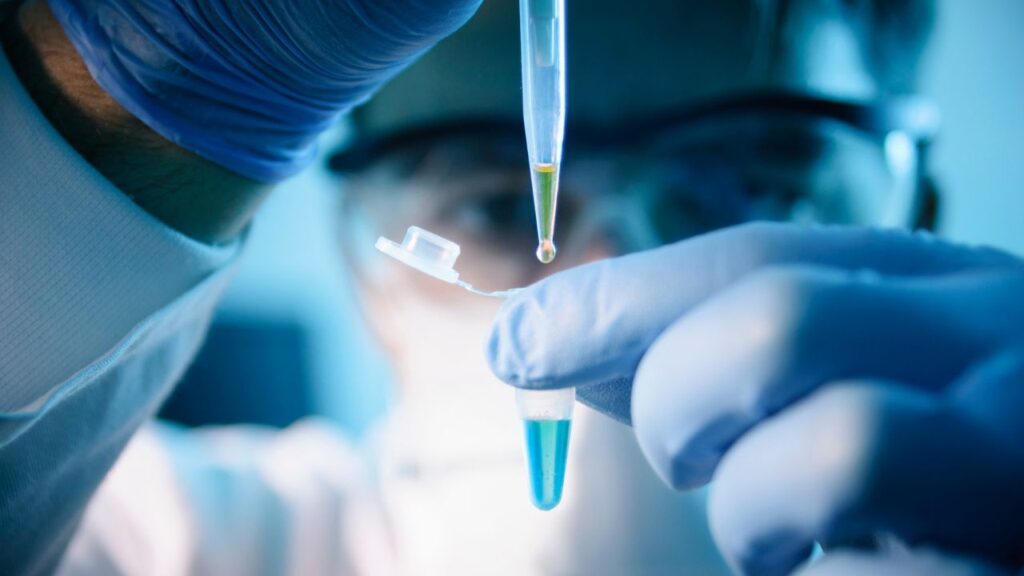News & Updates
The International Space Station (ISS) National Laboratory
Solving some of the world’s most pressing challenges through space-based research.
Where? In space.
Low Earth orbit(Abbreviation: LEO) The orbit around the Earth that extends up to an altitude of 2,000 km (1,200 miles) from Earth’s surface. The International Space Station’s orbit is in LEO, at an altitude of approximately 250 miles. (LEO), approximately 250 miles above the Earth.
Research in Space Benefits Humanity






EXPLORE RESULTS FROM RESEARCH CONDUCTED IN SPACE
Upward Volume 8, Issue 1 Available Now
In this issue’s cover story, learn how ISS research could lead to a groundbreaking new treatment for macular degeneration. Other features highlight how microgravityThe condition of perceived weightlessness created when an object is in free fall, for example when an object is in orbital motion. Microgravity alters many observable phenomena within the physical and life sciences, allowing scientists to study things in ways not possible on Earth. The International Space Station provides access to a persistent microgravity environment. manufacturing can improve therapeutic nanomaterials to treat disease and how space-based studies are helping to advance regenerative therapies to reverse heart damage.

looking for a research opportunity?
National Lab research announcements (NLRAs) seek proposals that advance R&D in key areas with demonstrated potential to develop into sustainable markets and benefit humanity.
ready to EXPLOre?

For researchers, partners, and the science community
Researchers &
Partners
arrow

For K-12, undergraduate, and graduate students as well as educators
Students &
Educators
arrow

For people who are interested in or just love space
Space Novices &
Enthusiasts
arrow

For individuals seeking investment opportunities or a financial perspective
Investors
.
arrow







